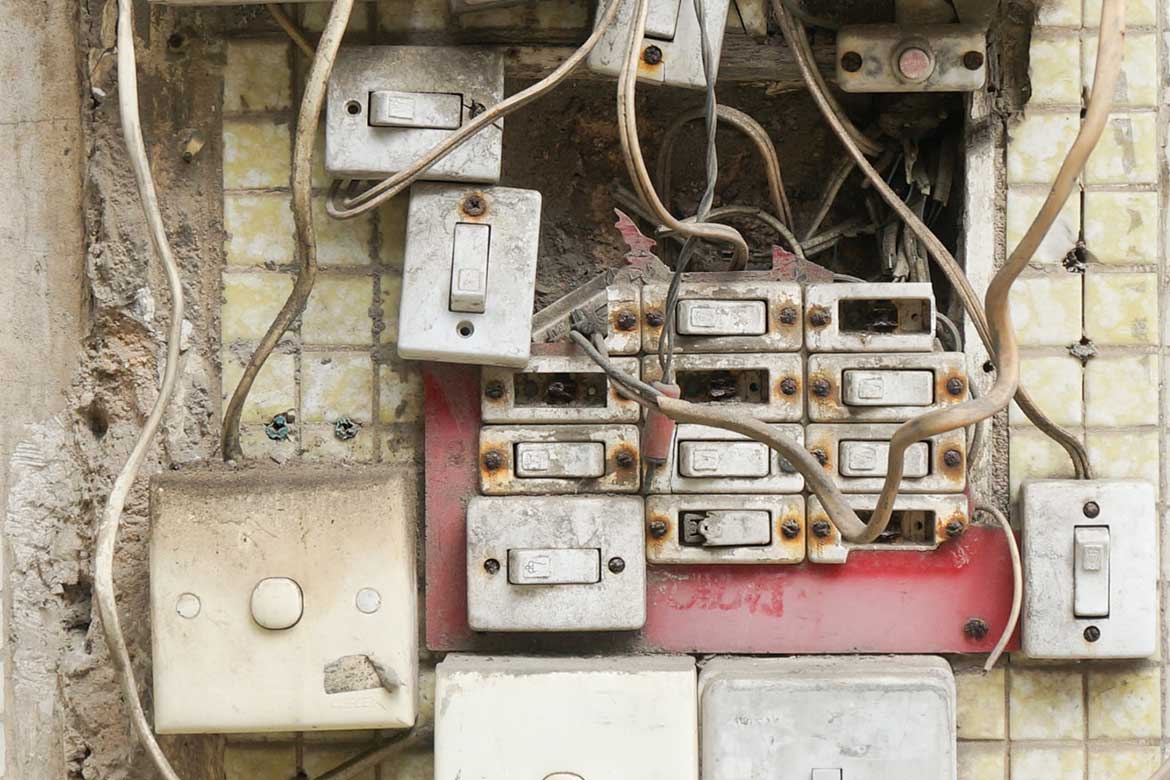13th July, 2023
The Definition Of A Hazard And 52 Workplace Examples
In health and safety, a hazard is anything with the potential to cause harm. It might not have harmed anyone yet, but if it could cause harm, then it is a hazard. In this post, we look at the definition of hazard in health and safety, and some common examples of workplace hazards.

If you are going to carry out health and safety responsibilities as an employer, or as an employee, then you need to know what a hazard is.
Why? Because knowing what hazards are is critical to health and safety.
Identifying hazards is the first step of the 5 steps to risk assessment. And risk assessments are a legal requirement.
But don't worry if you're not exactly sure what a hazard is, or even how it is different to a risk. By the end of this post, you will.
So, what is a hazard?
The definition of a hazard
In health and safety, a hazard is anything with the potential to cause harm. A hazard might not have harmed anyone yet, but it could.
A potential source of danger.
So when someone refers to a hazard, or you are being asked to spot hazards, this means something that could cause harm.
There are probably many hazards in your workplace. A task or activity can involve multiple hazards. An activity with more hazards doesn't necessarily mean you are more likely to come to harm than an activity with few hazards.
A hazard could be a trailing cable in a corridor that someone could trip over. Or a loose-leaning pile of bricks that could topple over. Or a sharp edge that could cut you. Or an obstacle at head height that you have to remember to duck under. Or a faulty light switch you know never to use. Or an icy path on a snowy morning.

A hazard might be something that could hurt you, for example, a ladder you could fall off. Or it could be something that could harm your health, for example, noise that might damage your hearing.
But just because something has the potential to cause harm, doesn't mean it will harm you.
It might be unlikely to harm you. And the harm it could cause might not be serious. Assessing the likelihood and severity of harm will give you the risk level - that comes after you identify the hazards.
How is a hazard different to a risk? Not sure? Find out in our blog post the difference between hazard and risk.
Sometimes hazards are overlooked simply because they are unlikely to harm you. When you work around a hazard regularly, and it hasn't caused any harm, people can get complacent.
Maybe you have been lucky. Or maybe that hazard is unlikely to cause harm. Or maybe it is causing harm, but you just don't realise it yet. Some health hazards, like asbestos and silica dust, take years for illness to develop.
A hazard is something with the potential to cause harm. Anything that might harm you, or others, is a hazard.
Hazards come in many forms. A hazard could be a substance. It could be an item of equipment. It could be materials. It could even be other people.
Examples of workplace hazards
Now we know the definition of a hazard, and what a health and safety hazard means. Let's look at some common examples of hazards that might be present in your workplace.
Activities
The work activities you carry out may create or introduce hazards. This is especially likely in high-risk work like construction, manufacturing and workshops. Your tasks might introduce hazards for you, but also if you work in remote environments, for other people and building occupants.

Here are some examples of work activity hazards:
- Work at height
- Confined spaces
- Vibration
- Machinery
- Equipment
- Work on or near water
- Hot work
- Lifting operations
- Lone work
- Excavations
- Manual handling
Substances and Materials
Certain substances and materials used in your business activities, or present in your workplace, can be hazardous to health. They might also be a safety hazard, for example, flammable or explosive substances. This type of hazard will often come under the Control of Substances Hazardous to Health (COSHH) Regulations, or their own regulations, e.g. asbestos.

Here are some examples of hazardous substances and materials:
- Asbestos
- Cement
- Silica dust
- Wood dust
- Paint
- Varnish
- Chemicals
- Cleaning substances
- Flammable liquids
- Gases
- Fuels
- Biological hazards
Equipment
The equipment you use can also be a hazard. For example, ladders are often used for access - are they a hazard? Absolutely. Ladders can be safe when used correctly, but work on ladders is a common cause of falls from height, which is one of the top 5 causes of workplace deaths and serious injuries.
Falls from height are one of the biggest causes of workplace fatalities and major injuries. Common causes are falls from ladders and through fragile roofs.

Here are some equipment hazards to look out for:
- Ladders
- Scaffolding
- Access equipment
- Mobile equipment
- Cranes
- Lifting equipment
- Forklift trucks
- Power tools
- Hand tools
- Blades
- Rotating parts
- Pinch points
- Display screen equipment (DSE)
- Electrical hazards
Environmental
Don't forget to spot hazards in your environment. These hazards might not always be created by the work you do. They could be related to the weather. Or caused by other work that is taking place.
Environmental hazards might be changeable. They might be tricky to plan for because they are only sometimes present - like the weather. Or they could always be there.

Here are some examples of environmental hazards:
- Noise
- Dust
- Sun exposure
- Wind
- Rain
- Ice
- Underground services
- Overhead services
- Poor lighting
- Spills
- Access restrictions
- Vehicles
- Other people
- Trailing cables
- Uneven floors
Remember, a hazard is anything with the potential to cause harm. What hazards can you spot in your workplace? Once you spot them, use our free risk assessment calculator to find out the risk level.
This article was written by Emma at HASpod. Emma has over 10 years experience in health and safety and BSc (Hons) Construction Management. She is NEBOSH qualified and Tech IOSH.
Better health and safety...
We are here to help you and your business put safety in everything.
Learn MoreRecent posts like this...

HSE Fee For Intervention Charges Explained
FFI stands for 'fee for intervention', which was introduced under the Health and Safety (Fees) Regulations 2012. FFI aims to recover the HSE's costs, including inspection, investigation and enforcement action, charging businesses that are in breach of health and safety regulations.
Read Post
How To Plan For Better Health And Safety At Work
If you want better health and safety, you need to plan for it. And who doesn't want to stay safer and have fewer accidents and ill health in their workplace? In this blog post, we look at how to plan for better health and safety at work.
Read Post
No Injuries, No Health And Safety Problems!?
It's been over a year since the last injury in your workplace. But just because you haven't had any accidents doesn't mean you are safe or that your health and safety performance is good. Your accident reporting system might just be hiding the truth. No injuries, no problems!? Don't count on it.
Read Post